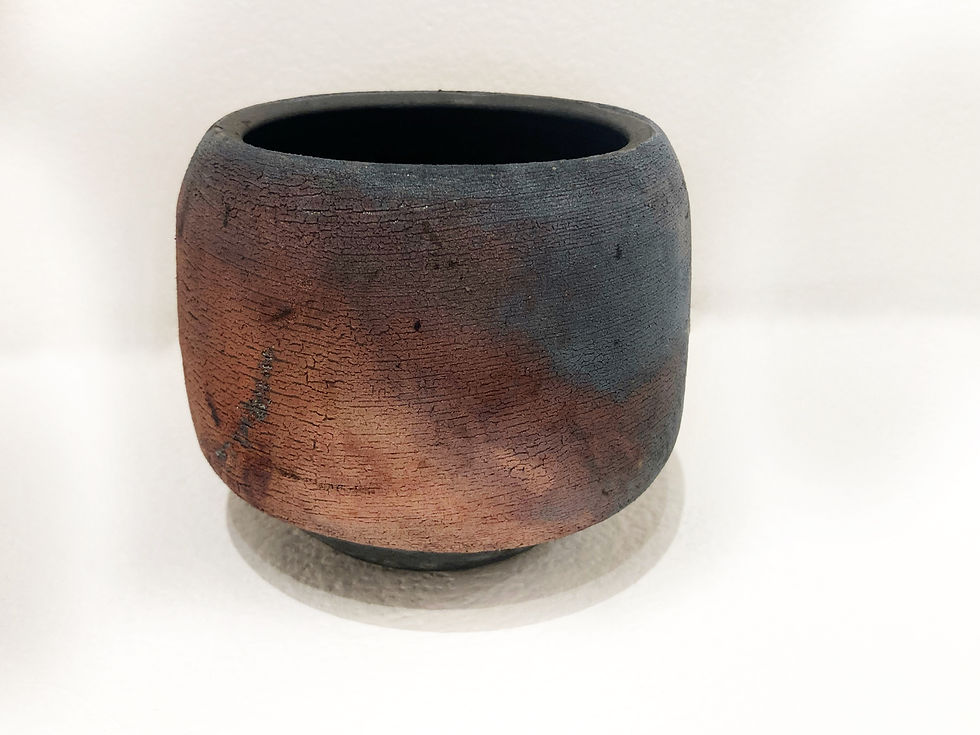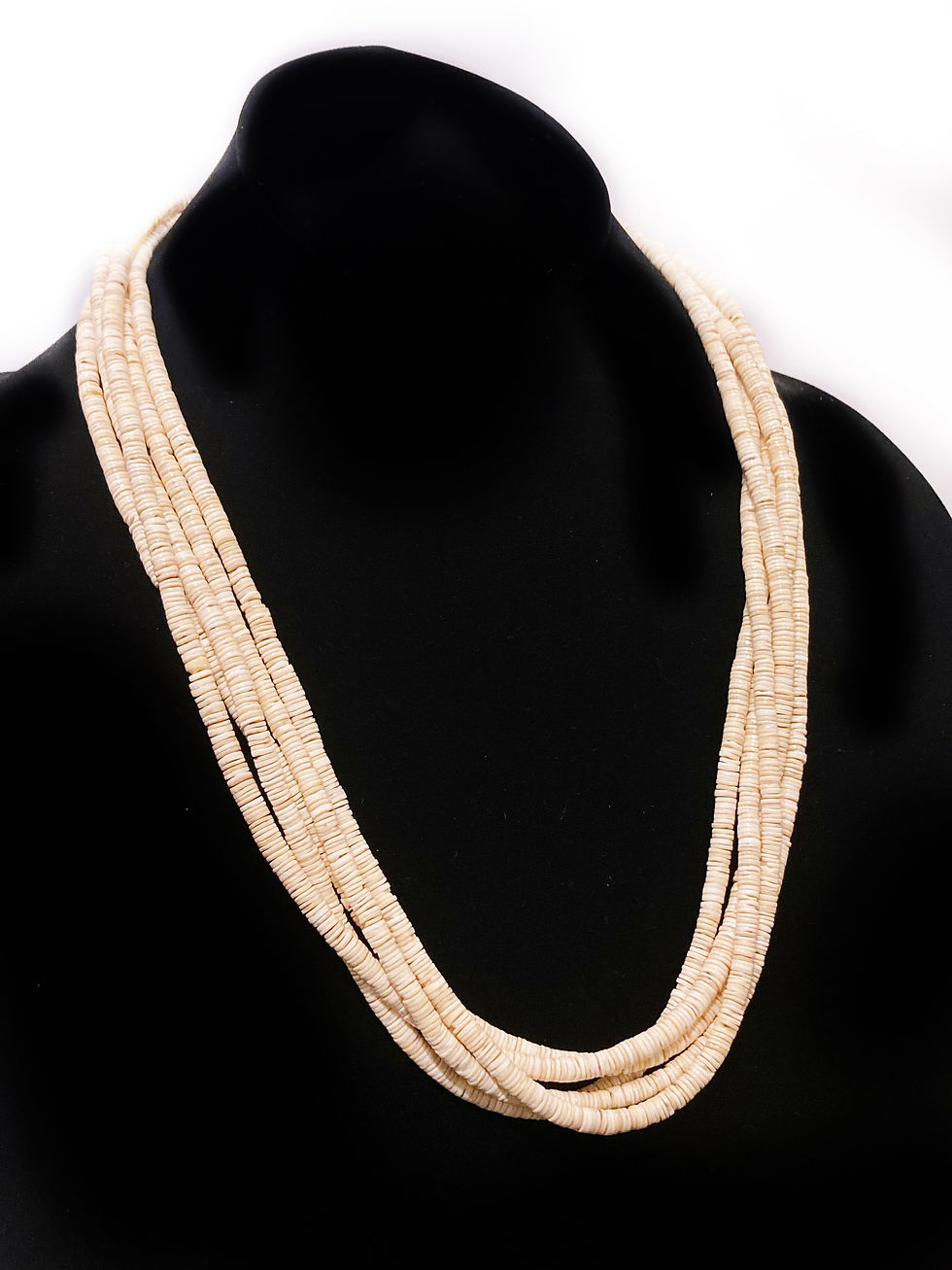"De La Noche", 1991, Signed Serigraph | by R.C. Gorman
These uncirculated Serigraphs are stunning examples of R.C.'s icon style of depicting Native American Women.
These are from the Artist's Edition (Arabic Numbered Edition) of 200. I received 6 initailly and am down to the last few. Numbers 126 and 140 have very slight tears along the bottom edge, so I've marked them down. That being said, once framed, the tears would hardly be noticed.
R.C. Gorman Serigraph from 1991. Numbered Edition, hand signed by the artist in pencil. with the marks of the artist and printer. Benifits the Taos Chamber of Commerce.
Called "The Picasso of American Indian Art" by The New York Times, my uncle, R.C. Gorman, was a prolific and highly acclaimed artist.
Born on the Navajo Indian Reservation in Chinle, Arizona to Carl Gorman and Adele Brown, R.C. had humble beginnings. He was the first to recieve a scholarship from the Navajo Nation to study internationally. He attended art school in Mexico City where he learned the art of lithography from master printer, Jose Sanchez.
R.C. Moved to Taos in 1967. He had been showing his work at the Manchester Gallery and in 1968, he purchased the Manchester Gallery and turned it into the Navajo Gallery - the very first Native American owned art gallery.
Over the next 4 decades R.C.'s fame and acclaim grew. In 1973 he was the only living artist to be included in the “Masterworks of the American Indian" show held at Metropolitan Museum in New York City. One of his works was selected to be the cover of the exhibit's catalog. Perhaps best known for his colorful and vibrant depictions of Native Life, particularly of Native Women, R.C.'s art pays homage to his roots. His carreer span many mediums and styles.
Today, Taos celebrates R.C. legacy with an annual R.C. Gorman Days in July.






















